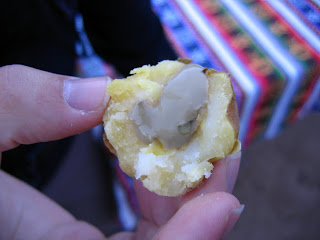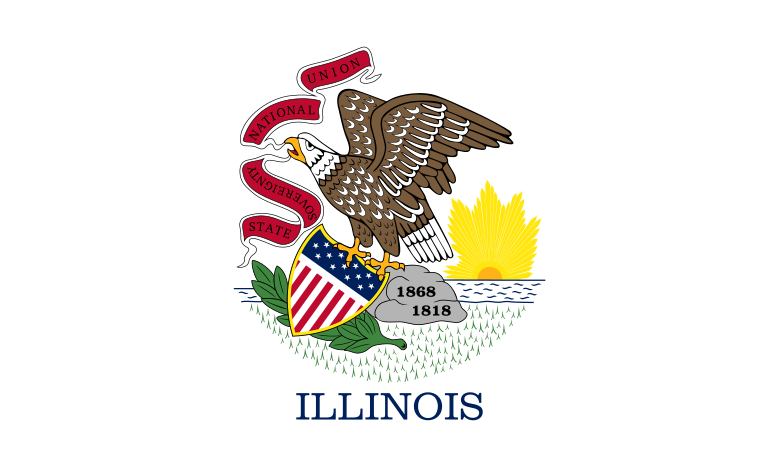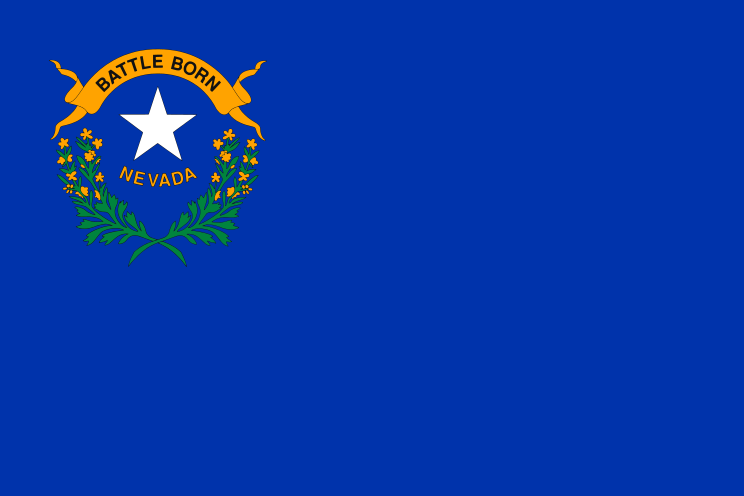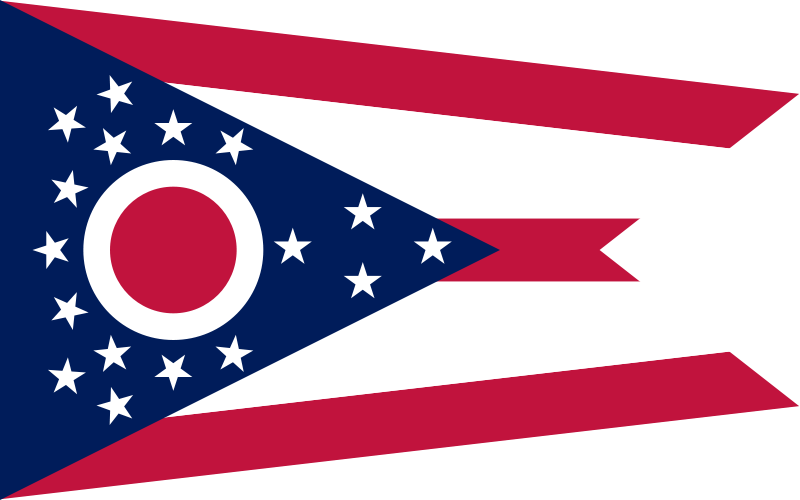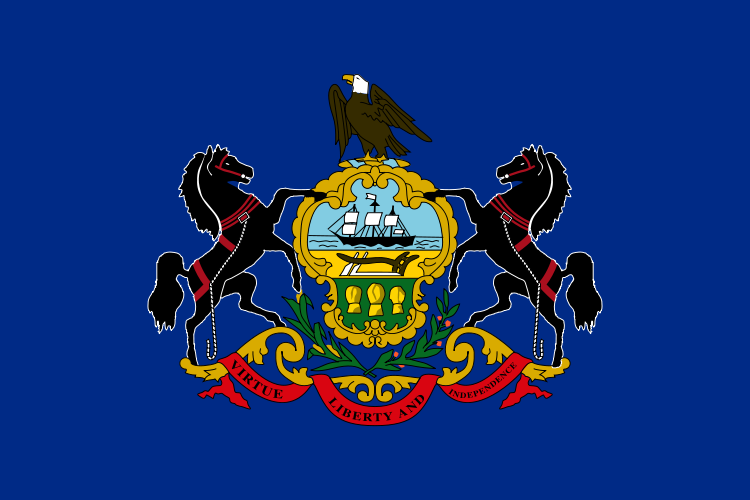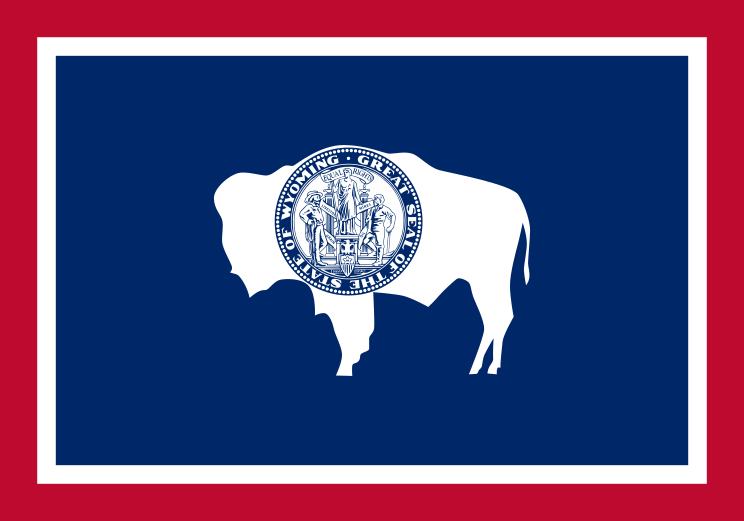it's hard to believe that it's been over a year since we came back from Peru, but time flies when you're having fun. after leaving the south of the country we flew back to the capital and spent a couple of days exploring the areas around Miraflores, Lima's fancy neighborhood.

Jill and i doing our own version of El Beso at Parque del Amor.
one of the main attractions there is the Parque del Amor, where as you can see we came up with the obvious picture. but it's a very nice park really, walled off from coastal cliffs by mosaic tiled walls that also form benches from which to admire the hazy view.

the love of my life, above, and below, the two of us with fancy Miraflores in the background and the Pacific Ocean 300 feet straight below us to the right.

we finally tried eating salchipapa--sliced sausage with french fries--and spent much of one afternoon wandering around looking for a place that served cuy, roast guinea pig. we had been avoiding it up to that point in the trip for some vague fear that it would make us sick, but now that we were on our way home, we figured we'd throw caution to the wind and just do it. the only problem was that it's more of an Andean treat, and nobody in the low-lying cosmopolitan bustle of Lima seemed to be interested in cooking up a furry little friend. so we were a little bummed, but at least we got that sickness we were wanting on the way home, but that came a little later and since i particularly graphic in describing the last bout of illness, i'm sure no one will mind if i skip the gory details of this one.
when we found the search for household-pets-as-food fruitless, we turned our attention to some more, yes even more, ruins. we walked and walked until we found Huaca Pucllana, a clay pyramid and surrounding religious complex dating back 1500 years or so, then decided to walk some more when we discovered it was completely enclosed behind a wrought iron fence with a steep fee to breach. so we got more adventurous. we took a series of crazy taxis and buses out to what seemed like the middle of nowhere and found the following:

Jill braves the desert sands of the Lurin River Valley adjacent to the very busy and bustling metropolis of Lima, and below, i try the same, only less successfully:
pretty much literally the middle of nowhere. actually it was the middle of nowhere right next to somewhere; it's a strange little section of desert right next to the outskirts of Lima, and just across the street from yet another supposedly amazing archaeological site: Pachacamac. i say supposedly because after all the hassle to get there, we found we had chosen the only day of the week that the site was closed.

the wonderful rewards that awaited us for making the hard slog out to the archaeo-cultural site of Pachacamac on its day off. hey, at least we weren't the only ones:

so after spending a few minutes wandering through the desert dunes like Lawrence of Arabia, we made the long trek back into town wondering whether Pachacamac's being basically a much bigger version of Huaca Pucllana made it less of a big deal that we hadn't seen it, since we had chosen not to see the other, or if it compounded the sense of loss at not having been able to see either as a representative sample of the genre. apparently we didn't wonder very hard though, since i still don't have any answer for that. the bus ride back was hot and annoying but things like that do give you a good chance to see parts of a city that you wouldn't ordinarily, as we drove through many Lima neighborhoods that i'm sure get few if any tourists.
i suppose that's because there's little for a traveler to do in an ordinary neighborhood where folks are just going about their business, and indeed we decided to head back to where we knew there'd be something to do for the few hours before our very late night flight back to Atlanta: the Larcomar mall in Miraflores. just down the coast from the Parque del Amor is this entire shopping center with a movie theater and a bowling alley and the whole nine yards literally built right into the cliffs overlooking the ocean.

the view from the Larcomar.
we wandered around and had some good hot chocolate at a place that seemed to have built a balcony right out over the sheer drop-off, and finally ended up at a restaurant where we had a bow-tied waiter who had not only an apron on but also a towel over his arm, but who seemed to have nobody else to wait on but us. this place was a seriously upscale eatery, with excellent food and ambiance, and we enjoyed it all for a good amount of time but very little cash--i think the whole meal with dessert was about US$30 for the two of us--a tiny fraction of what we would have to pay for a similar meal back in America.
as if to highlight that disparity, the food on the flight back to the States almost made me have to actually use one of those little bags in the seat back pocket for the first time in my life, so all things considered, though i was glad to get home after a couple of weeks on the go, i really could have handled staying in Miraflores for a while.

Jill and i doing our own version of El Beso at Parque del Amor.
one of the main attractions there is the Parque del Amor, where as you can see we came up with the obvious picture. but it's a very nice park really, walled off from coastal cliffs by mosaic tiled walls that also form benches from which to admire the hazy view.

the love of my life, above, and below, the two of us with fancy Miraflores in the background and the Pacific Ocean 300 feet straight below us to the right.

we finally tried eating salchipapa--sliced sausage with french fries--and spent much of one afternoon wandering around looking for a place that served cuy, roast guinea pig. we had been avoiding it up to that point in the trip for some vague fear that it would make us sick, but now that we were on our way home, we figured we'd throw caution to the wind and just do it. the only problem was that it's more of an Andean treat, and nobody in the low-lying cosmopolitan bustle of Lima seemed to be interested in cooking up a furry little friend. so we were a little bummed, but at least we got that sickness we were wanting on the way home, but that came a little later and since i particularly graphic in describing the last bout of illness, i'm sure no one will mind if i skip the gory details of this one.
when we found the search for household-pets-as-food fruitless, we turned our attention to some more, yes even more, ruins. we walked and walked until we found Huaca Pucllana, a clay pyramid and surrounding religious complex dating back 1500 years or so, then decided to walk some more when we discovered it was completely enclosed behind a wrought iron fence with a steep fee to breach. so we got more adventurous. we took a series of crazy taxis and buses out to what seemed like the middle of nowhere and found the following:

Jill braves the desert sands of the Lurin River Valley adjacent to the very busy and bustling metropolis of Lima, and below, i try the same, only less successfully:
pretty much literally the middle of nowhere. actually it was the middle of nowhere right next to somewhere; it's a strange little section of desert right next to the outskirts of Lima, and just across the street from yet another supposedly amazing archaeological site: Pachacamac. i say supposedly because after all the hassle to get there, we found we had chosen the only day of the week that the site was closed.

the wonderful rewards that awaited us for making the hard slog out to the archaeo-cultural site of Pachacamac on its day off. hey, at least we weren't the only ones:

so after spending a few minutes wandering through the desert dunes like Lawrence of Arabia, we made the long trek back into town wondering whether Pachacamac's being basically a much bigger version of Huaca Pucllana made it less of a big deal that we hadn't seen it, since we had chosen not to see the other, or if it compounded the sense of loss at not having been able to see either as a representative sample of the genre. apparently we didn't wonder very hard though, since i still don't have any answer for that. the bus ride back was hot and annoying but things like that do give you a good chance to see parts of a city that you wouldn't ordinarily, as we drove through many Lima neighborhoods that i'm sure get few if any tourists.
i suppose that's because there's little for a traveler to do in an ordinary neighborhood where folks are just going about their business, and indeed we decided to head back to where we knew there'd be something to do for the few hours before our very late night flight back to Atlanta: the Larcomar mall in Miraflores. just down the coast from the Parque del Amor is this entire shopping center with a movie theater and a bowling alley and the whole nine yards literally built right into the cliffs overlooking the ocean.

the view from the Larcomar.
we wandered around and had some good hot chocolate at a place that seemed to have built a balcony right out over the sheer drop-off, and finally ended up at a restaurant where we had a bow-tied waiter who had not only an apron on but also a towel over his arm, but who seemed to have nobody else to wait on but us. this place was a seriously upscale eatery, with excellent food and ambiance, and we enjoyed it all for a good amount of time but very little cash--i think the whole meal with dessert was about US$30 for the two of us--a tiny fraction of what we would have to pay for a similar meal back in America.
as if to highlight that disparity, the food on the flight back to the States almost made me have to actually use one of those little bags in the seat back pocket for the first time in my life, so all things considered, though i was glad to get home after a couple of weeks on the go, i really could have handled staying in Miraflores for a while.


















